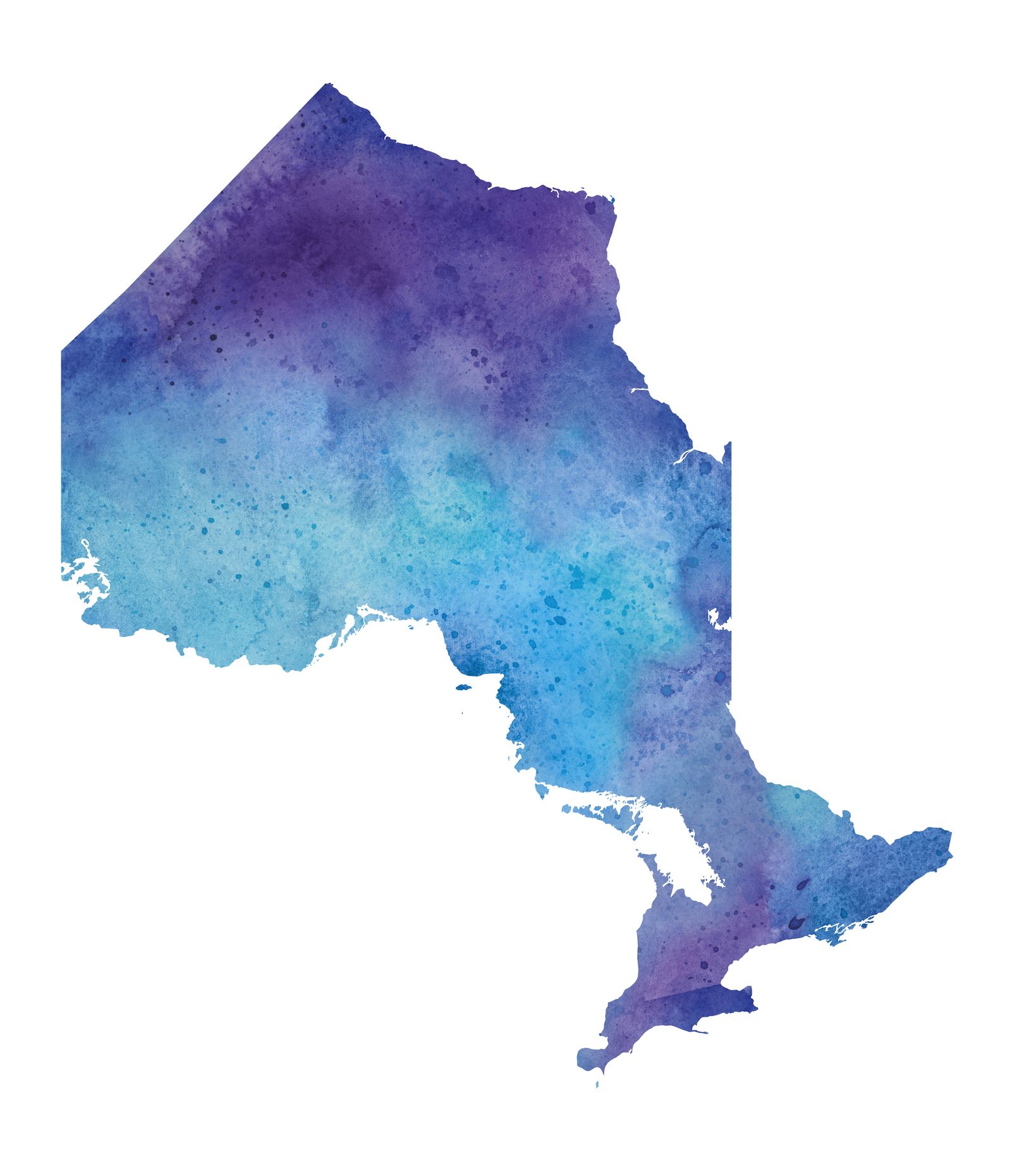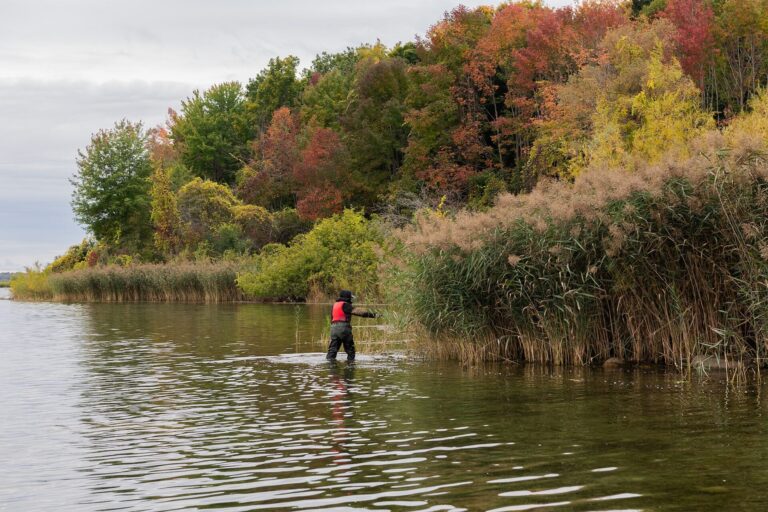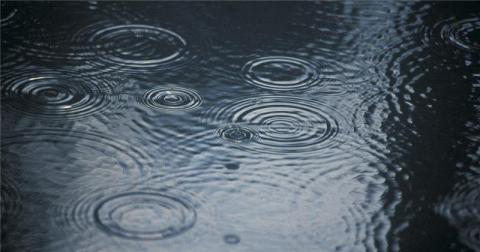The Ontario government continues to allow raw sewage to overflow into Ontario lakes and rivers at an alarming rate, says a new report by Dianne Saxe, Environmental Commissioner of Ontario. Back to Basics, Saxe’s 2018 Environmental Protection Report, outlines how Ontario’s waters are being poisoned by raw sewage and harmful runoff laden with fertilizer and road salt.
“It is unbelievable that in 2018, the government allows this much filth into our lakes and rivers,” said Saxe. “These are the places Ontarians spend time with their families, where they swim and fish. These shorelines and waters are home to Ontario’s rich biodiversity, and to us.”
In 2017–18, raw sewage overflowed into southern Ontario waters 1,327 times—766 of these from 57 outdated municipal sewer systems that combine sewage with stormwater. Saxe added that provincial standards for industrial toxic wastes poured into our waterways are now 25 years old and are likely outdated.
Saxe is also very concerned about the province’s lack of commitment to continue funding for Ontario’s source water protection program. A program that addresses hundreds of significant threats to municipal drinking water sources across the province. It was formed as part of the government’s response to Walkerton’s drinking water crisis 18 years ago.
“Through Walkerton’s tragedy, we learned how important it is to be vigilant about protecting sources of drinking water,” said Saxe. “This is no time for the government to turn its back on source water protection.”
This is underscored in the report, as the evidence finds that the watershed planning approach and the Clean Water Act are working: “The process also resulted in a wealth of valuable watershed information that both supported source protection work and facilitates other work of conservation authorities to protect watersheds across the province.”
“We all benefit from wetlands and woodlands, so it is not fair to leave property owners with all the costs. The government should encourage property owners to protect these areas by increasing tax relief and reducing red tape.”
— Environmental Commissioner of Ontario (@Ont_ECO) November 13, 2018
The report notes that between the watershed planning approach and the Clean Water Act gaps remain in adequately keeping the province’s drinking water free of pollution. Three particular points are detailed:
- Not all drinking water sources are protected, in particular Northern communities and First Nations.
- Some threats to drinking water are not adequately addressed, such as from fuel tanks and manure spreading.
- And there is uncertainty about future funding and capacity for conservation authorities, municipalities, source protection committees, and appropriate ministries.
Wetlands and woodlands are areas of concern for Saxe, as they continue to be destroyed by agriculture and development. ECO noted that basic ecosystem function requires 30 per cent forest cover, and some parts of Ontario have only three per cent left. As well, three quarters of southern Ontario’s wetlands have been lost. Some areas in southwestern Ontario have so little wetlands and woodlands left, they are at serious risk of flooding. The government should encourage property owners to protect these areas by increasing tax relief and reducing red tape.
Commissioner Saxe: “The failures described in this report are neither inevitable nor necessary. Small changes can better protect Ontario’s water, wetlands, woodlands and wildlife. My report offers sensible solutions. Many cost relatively little and would yield big rewards.” pic.twitter.com/IqgYwUjHYH
— Environmental Commissioner of Ontario (@Ont_ECO) November 13, 2018
The Environmental Protection Report is available on the Environmental Commissioner’s website.









